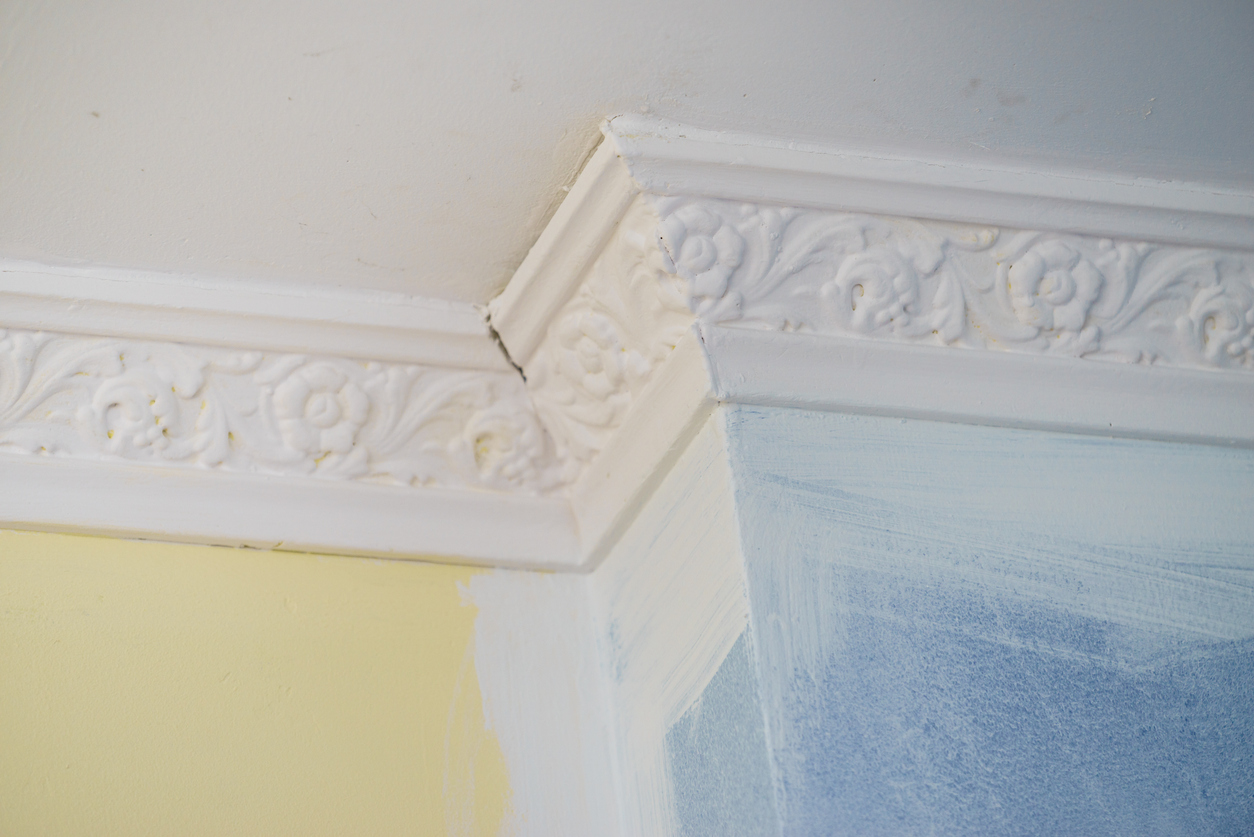Precision is the mark of a skilled finish carpenter — it’s why people hire them to do what they do. But even small oversights can lead to expensive rework, unhappy clients, or liability claims. From misaligned trim to poor coordination with other trades, finish work demands attention to every joint and surface. For brokers, helping clients secure general liability insurance for contractors is key to protecting against the common pitfalls like those below.
1. Misaligned or Poorly Installed Trim and Moldings
Uneven or gapped moldings immediately draw attention and can spark disputes over workmanship. As Contour Construct notes, the hardest part of finish carpentry is achieving perfect alignment and precision — even small errors stand out once paint or stain is applied.
A client expecting seamless transitions may claim the work devalues the property or requires correction. Such issues not only affect aesthetics but can also result in structural problems if trim hides uneven framing.
2. Staircase and Railing Mistakes
According to Architectural Digest, stair projects often go wrong when carpenters overlook safety codes or structural integrity.
Mistakes on stairs can be particularly costly because they combine aesthetic and safety risks. Crooked balusters, slippery treads, and incorrect railing spacing can all lead to injury — and liability. A well-trained finish carpenter ensures every component meets building code and client expectations.
3. Ignoring Seasonal Wood Movement and Acclimation
Wood reacts to its environment, especially in climates where temperatures and humidity fluctuate. If contractors don’t take steps to manage those conditions, trim and cabinetry can warp, crack, or separate over time — issues clients often mistake for poor workmanship. Precautions like avoiding direct heat and using quality sealants are critical for stability.
The type of wood matters, too. The Architectural Woodwork Institute explains that hardwoods such as oak, maple, and hickory hold up better in colder or drier conditions. Softer woods like pine may need extra care and conditioning.
Finish carpenters who educate clients about these factors — and document environmental conditions before and after installation — are better prepared to face disputes or liability claims.
4. Coordination Failures With Other Trades
Finish carpenters often work in tight, shared spaces with electricians, plumbers, and painters. When schedules overlap or communication breaks down, damage can occur — like a painter overspraying freshly installed millwork or a plumber cutting through trim to access a pipe. These mishaps may lead to disputes over who is responsible for the repair.
Brokers can help contractors recognize these exposures by emphasizing the importance of pre-job coordination meetings, written change orders, and post-completion site inspections. Proper documentation can prevent finger-pointing if something goes wrong and supports a strong claim defense under general liability coverage.
5. Poor Finishing Techniques and Materials
Low-quality stain, adhesive, or sealant can lead to visible defects long after a project is done. As RS Carpentry LLC points out, poor finishing doesn’t just look bad — it can result in costly repairs and frustrated clients. These issues can also trigger completed operations claims — when property damage or injury occurs after the work is finished and is tied to the completed job.
It’s worth noting that contractor general liability insurance in California typically doesn’t cover the cost to fix defective work itself. Instead, it applies when that defect causes additional damage, such as warped trim staining adjacent surfaces.
Because claims can arise months later, contractors should understand how their policy defines “completed operations” and confirm that coverage remains in force throughout potential claim periods.
The Broker’s Role in Managing Liability
Finish carpentry demands precision, coordination, and thorough documentation. Brokers play a vital role in helping contractors safeguard their work. They can:
- Assess client operations to identify risk areas unique to finish carpentry
- Help clients secure contractor general liability insurance in California that reflects both project size and scope
- Offer premium indications based on realistic exposures, from property damage to client injury claims
By connecting finish carpenters with the right protection, brokers help ensure small mistakes don’t turn into costly claims.
Contact us to learn how Commodore Insurance helps brokers recommend coverage tailored to the risks of finish carpentry.
FAQ About Finish Carpentry & General Liability Insurance for Contractors
What makes a good finish carpenter?
Precision, patience, and strong communication with clients and other trades.
How do finish carpentry mistakes lead to liability claims?
Errors can cause property damage, client dissatisfaction, or safety hazards that result in legal or financial disputes.
Why is general liability insurance for contractors essential for finish carpenters?
It may cover third-party claims for property damage or injury that can arise from everyday finish work.
How does proper documentation help limit liability?
Accurate records of materials, installation methods, and communication can serve as vital proof if disputes arise.
About Commodore
Commodore Insurance Services, Inc. (Commodore) is a California corporation that operates as a Managing General Agency and Program Manager. Since incorporating in 1990, Commodore has developed an expertise in the production and underwriting of insurance products for businesses across the West Coast. Our focus is on providing top-level insurance products to our clients while striving to make it easy to do business for our brokers. Try us and find out why we’ve been a trusted leader in small business insurance for more than 27 years.


